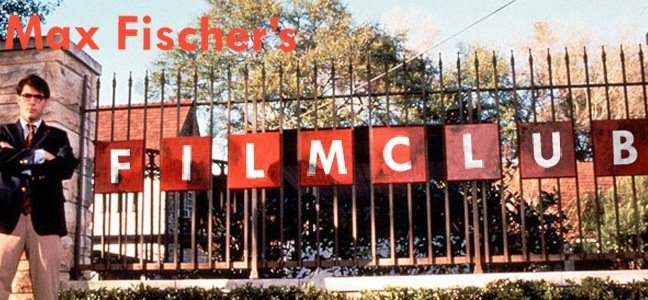 National Lampoon’s Vacation was on a perpetual loop in my house when I was growing up. I would watch the Griswold family’s misadventures during their long trip to a Disney-sqe theme park as often as humanly possible. I’d cram it in during breakfast (often having to compete for airtime against my sister’s copy of The Little Mermaid) and the evenings, both weekends and after school. There was something about Chevy and his pratfalls that I just couldn’t get enough of. I also developed a love for all the classics from the Chase oeuvre at that time, such as Fletch, the first Caddyshack, The Three Amigos and Spies Like Us.
National Lampoon’s Vacation was on a perpetual loop in my house when I was growing up. I would watch the Griswold family’s misadventures during their long trip to a Disney-sqe theme park as often as humanly possible. I’d cram it in during breakfast (often having to compete for airtime against my sister’s copy of The Little Mermaid) and the evenings, both weekends and after school. There was something about Chevy and his pratfalls that I just couldn’t get enough of. I also developed a love for all the classics from the Chase oeuvre at that time, such as Fletch, the first Caddyshack, The Three Amigos and Spies Like Us.For me, although I was probably unaware of this at the time, it was his similar approach to Bill Murray in the understated, less-is-more style of comedy, which I was really responding to. This works so beautifully when characters are juxtaposed with larger-than-life situations, whether it’s battling spirits from another dimension (Ghostbusters) or the family holidays-from-hell (the Vacation series). Towards the end of that first film, Clark Griswold has a semi-breakdown following the many struggles and disasters he’s encountered along the way to his now fading dream holiday. It’s a very funny scene, but you also feel for him. Here’s a guy who loves his wife and kids and wants the best for them, but having strived for this has led him to act in all sorts of inappropriate ways, much to the detriment of his relationship to his family.
While there was a more cynical and cool streak to much of Murray’s humour back then, I found Chase the more endearing because he wasn’t afraid of playing the fool and having the audience laugh at him as well as with him. Having recently read John Belushi’s biography Wired, it came as no surprise to learn that Murray and Chase did not get on particularly well during their time on Saturday Night Live together.
Sadly, Chevy’s work began to seriously falter towards to end of the eighties/early nineties, where my loyalty to the great man was severely tested with titles like Funny Farm, Nothing But Trouble and Man of the House, although for some inexplicable reason, I had a soft-spot for the cinematic atrocity that was Caddyshack 2. I even ventured to the cinema to watch Memoirs of an Invisible Man, hoping for some kind of renaissance. Unfortunately, but not surprisingly, it was another below-par effort from both Chevy and a director who was also (and still is) in a creative decline; John Carpenter.
Where Murray has enjoyed a second career refining his talents for the new wave of Hollywood film-makers, Chase seems to have been unable to transcend his early work. Maybe he genuinely doesn’t care, which judging from the bad career choices above seems likely. His IMDB page looks particularly sparse over the last decade or so, with the odd TV guest spot and supporting roles in some really awful looking kiddie films. I once read an interesting rumour which claimed he was one of the first choices for the lead in American Beauty. I would have loved to have seen him attempt something like that and if he had pulled it off, I wonder if it would have propelled him into the same league as Murray, finding his own Lost in Translation and Rushmore audience?
Now in his mid-60’s, it’s probably safe to assume his days at the box-office are well and truly over. I would however, recommend to anyone who isn’t familiar with his body of work, to seek out his early stuff, particularly the first Vacation film, and see this underappreciated and sadly forgotten comedy king at his very best.




lets be honest now, the only reason as young kids we watched memoirs of an invisible man was in the vain hope that every adolecents dream would come come alive in glorious technicolor. you know what i mean! nige
ReplyDelete